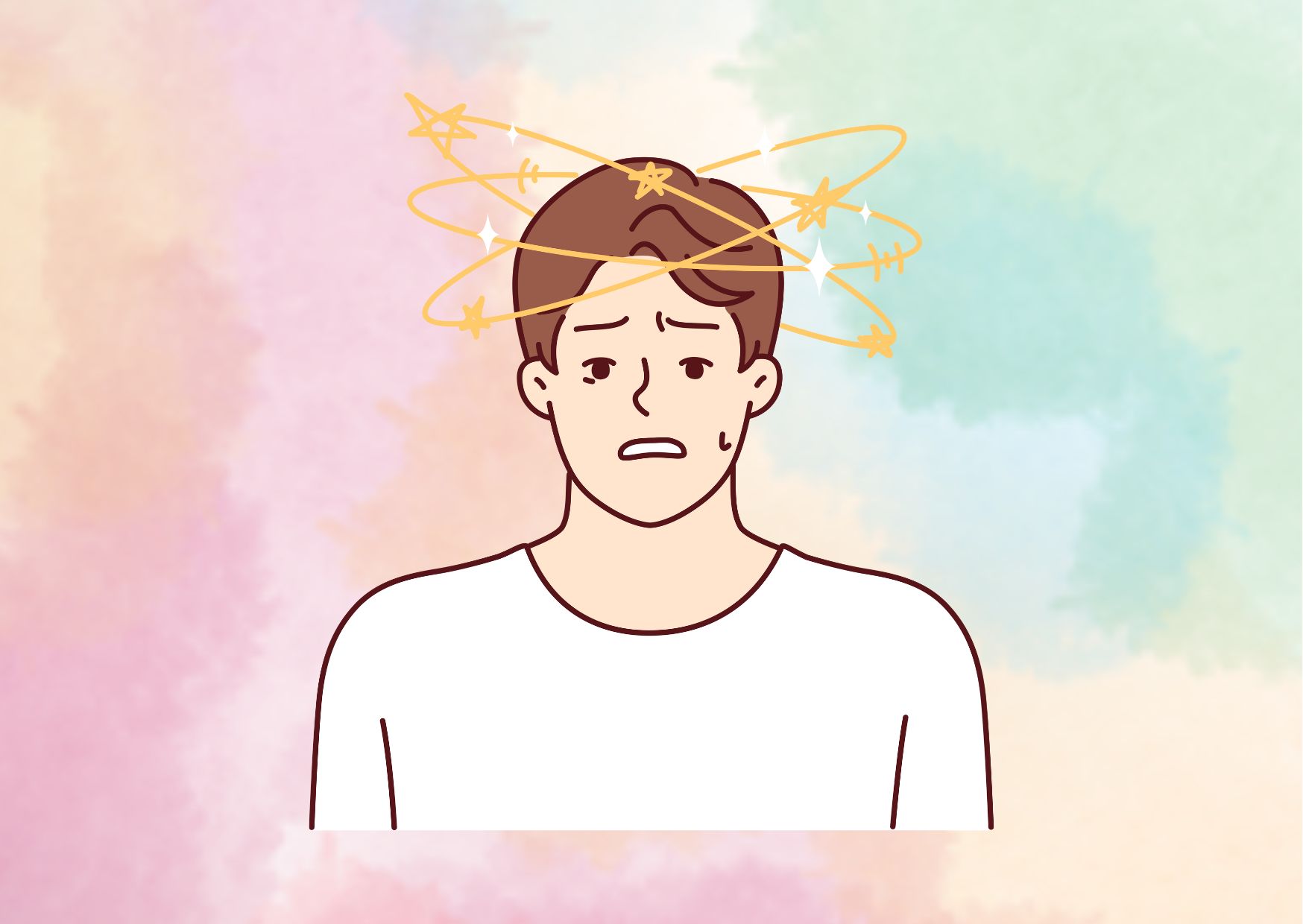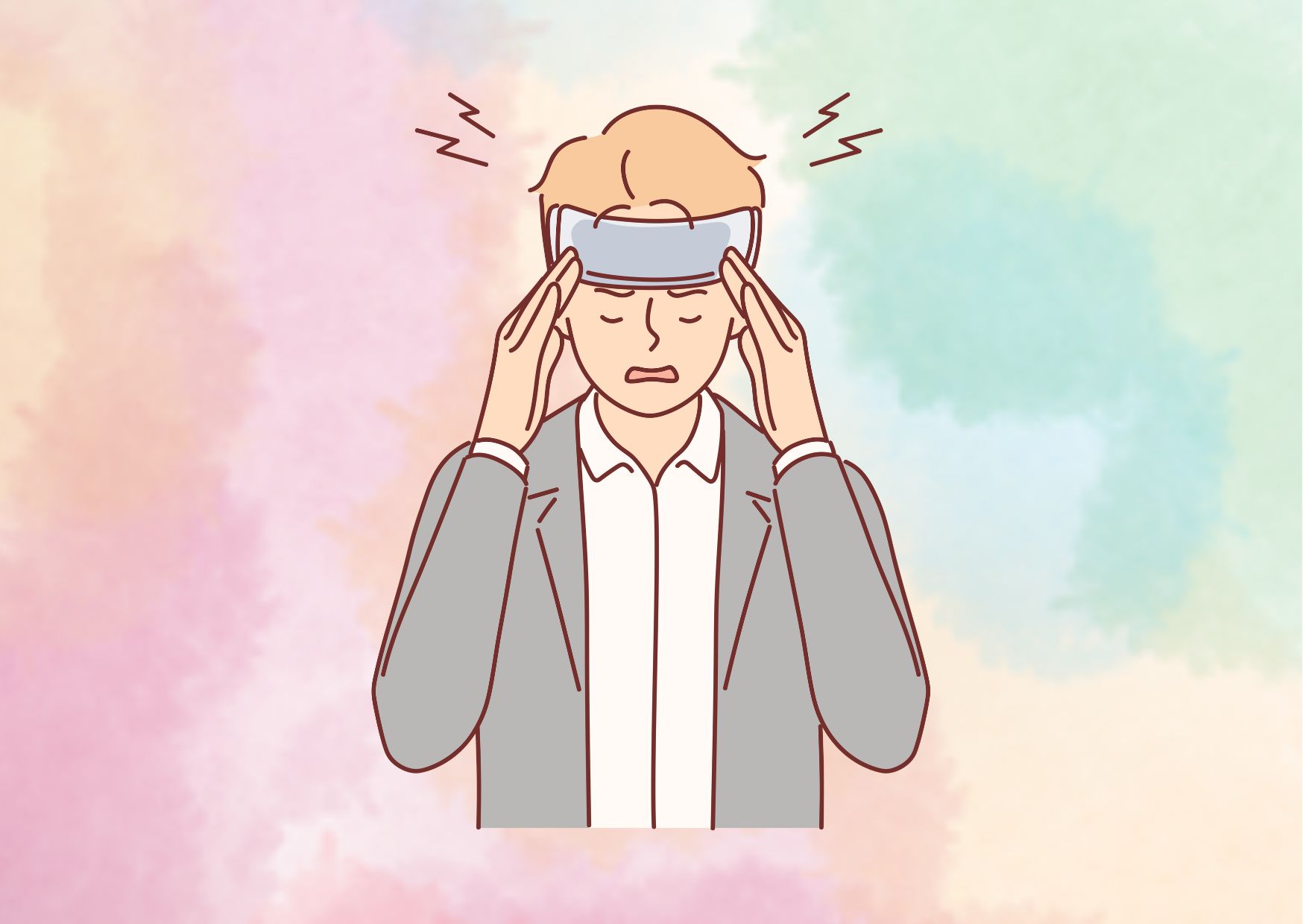Concussion Symptoms: Early Warning Signs and When to Seek Help
Concussion symptoms can appear immediately after a head injury or develop gradually over several hours or days. Whether from sports activities, accidents, or falls, recognizing these warning signs quickly can make a significant difference in recovery outcomes. Understanding concussion symptoms helps people make informed decisions about seeking medical care.
This comprehensive guide examines the physical, cognitive, and emotional signs of concussions that everyone should know. We will explore common symptoms like headaches and dizziness, changes in thinking and mood, sleep disturbances, and crucial warning signs that require immediate medical attention. Learning these indicators helps ensure proper care and prevents potential complications from delayed treatment.
Common Physical Concussion Symptoms
Physical manifestations of concussion often present as the most immediate and noticeable indicators of brain injury. These symptoms can range from mild to severe and may fluctuate throughout the recovery period.
Headaches and pressure in the head
Post-traumatic headaches typically feel different from regular headaches, often described as a tight band around the head or a balloon-like pressure. These headaches can worsen with cognitive tasks and may start at the back of the neck, spreading upward around the eyes. The intensity may vary throughout the day, with some patients experiencing constant pressure-like sensations.
Dizziness and balance problems
Dizziness ranks as the second most common concussion symptom after headaches. Patients often describe feeling unsteady or experiencing a spinning sensation. Balance difficulties affect approximately half of concussion patients, impacting their ability to:
- Navigate crowded spaces
- Walk in large shopping areas
- Handle quick head movements
- Maintain stability during daily activities
Nausea and vomiting
Nausea can occur both immediately following the injury and in the days or weeks afterward. While a single episode of vomiting may not indicate serious injury, persistent vomiting requires immediate medical attention. This symptom often interacts with other concussion effects, particularly dizziness and visual disturbances.
Sensitivity to light and noise
Research indicates that approximately 43% of concussion patients experience light sensitivity (photophobia), while 50% report sound sensitivity (phonophobia). These sensitivities can significantly disrupt daily activities, making it difficult to:
- Use electronic devices
- Work in brightly lit environments
- Function in noisy settings
- Participate in social activities
Blurred or double vision
Vision problems affect between 69% and 82% of concussion patients. These issues may include difficulty focusing, problems with depth perception, or challenges with eye tracking. Vision difficulties can manifest immediately or develop gradually, often becoming more noticeable during activities requiring visual concentration such as reading or screen use.
The severity and duration of these physical symptoms vary significantly among individuals. Some may experience immediate relief within days, while others might face persistent symptoms requiring specialized treatment. Understanding these physical manifestations helps in recognizing when to seek medical attention and monitoring recovery progress.
Cognitive and Emotional Symptoms
Cognitive and emotional changes following a concussion can significantly impact daily functioning, often proving more challenging to manage than physical symptoms. These alterations in thinking and mood can persist for weeks or months after the initial injury.
Confusion and feeling ‘foggy’
Brain fog represents one of the most common cognitive concussion symptoms, affecting how patients process and understand information. This mental haziness can make routine tasks feel overwhelming, particularly in environments with multiple stimuli. Many patients describe this sensation as viewing the world through a filter, where information seems to move more slowly than usual.
Memory problems and difficulty concentrating
Post-concussion memory difficulties typically affect short-term memory more than long-term recall. Common manifestations include:
- Forgetting recent conversations or instructions
- Misplacing everyday items
- Missing appointments
- Difficulty retaining new information
- Struggling to follow complex discussions
Slowed thinking and reaction time
Research indicates that reaction time remains impaired for 10-14 days post-injury in most cases, though some patients experience longer recovery periods. This slowing affects various aspects of daily life, particularly during activities requiring quick decision-making. Studies show that even after physical symptoms resolve, cognitive processing speed may remain diminished, potentially affecting crucial tasks like driving.
Irritability and mood changes
Approximately 63% of concussion patients experience significant mood alterations. These changes often manifest as:
- Increased emotional sensitivity
- Unexpected mood swings
- Difficulty controlling emotional responses
- Changes in social behavior
- Decreased frustration tolerance
Anxiety and depression
Over 80% of post-concussion patients report at least one emotional symptom, with anxiety and depression being the most prevalent. Anxiety often stems from three primary sources: direct effects of the injury, persistent symptoms affecting daily life, and concerns about recovery. Depression may develop as a secondary condition, particularly when symptoms persist beyond the expected recovery period.

